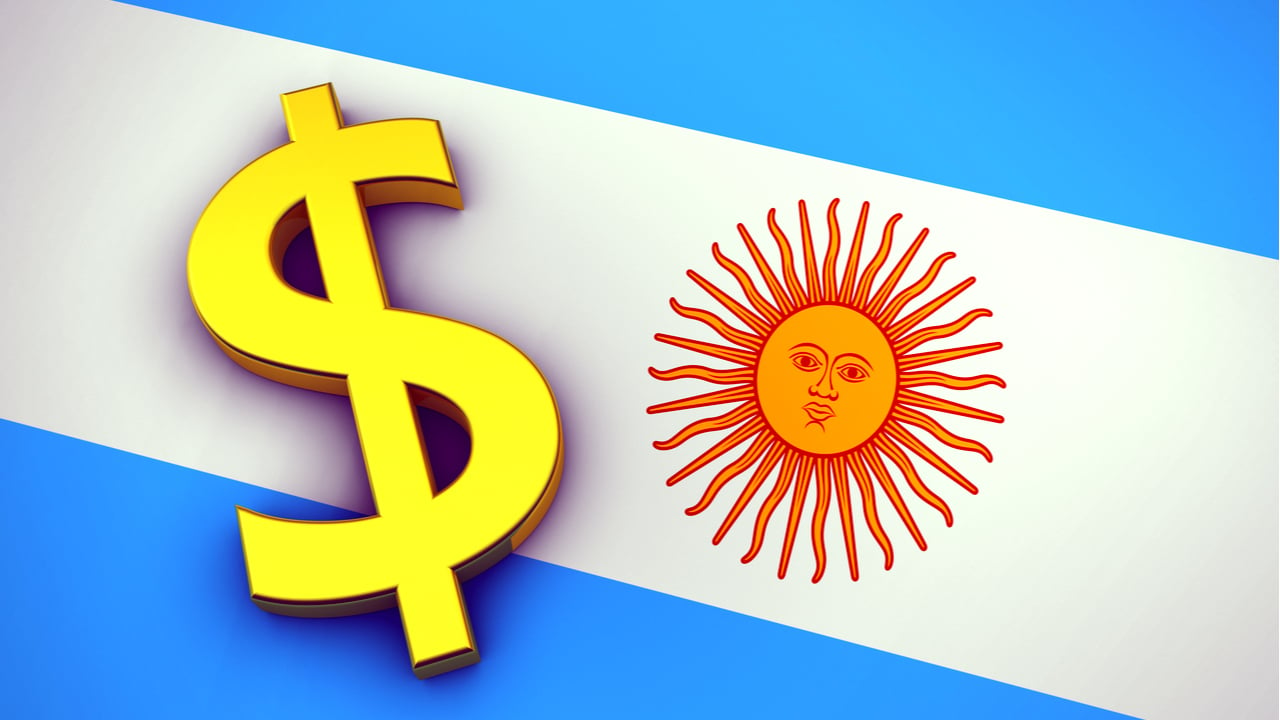San Luis, a province in Argentina, has approved a bill allowing it to issue a blockchain-based, dollar-pegged stablecoin. The bill, which also authorizes the issuance of local artistic assets as NFTs (non-fungible tokens) seeks to enable the promotion of social development, and economic, cultural and financial inclusion using blockchain.
San Luis Approves Blockchain Development Bill
San Luis, an Argentine province, has taken its first steps to incorporate blockchain-based technology as part of its digitization push. The legislators of the province recently approved a bill designated with the number VIII-1085-2022, called “Financial Innovation for Investment and Social Economic Development”, which introduces blockchain as a tool to potentiate the development of several fields in the province, including the generation of value and the improvement of audit processes.
As part of this law, San Luis is considering issuing its own dollar-pegged stablecoin. The token, denominated “San Luis Savings Digital Asset”, will be available to all residents of the province and will be 100% secured in liquid financial assets of the provincial government. It is still unknown whether this digital asset will be used as a currency or will only function as a kind of debt bond, as the regulatory framework for this law has not yet been created.
The law also states that the province will be able to issue up to 2% of the province’s annual budget. The law does not specify the chain on which these assets will be issued, but states that they will be able to be transferred between users via different wallet accounts.
Art NFTs
The law also includes a chapter dedicated to the issuance of artistic digital assets. It states that it will issue “San Luis Art Digital Assets” as art collections created by local artists in the province with the aim of providing them with a platform to digitize their artworks. These pieces will be issued as NFTs (non-fungible tokens) that guarantee each one is “unique, providing ownership and authenticity to the artist or holder of the digital asset.”
The province will also build an internal market that will allow creators to commercialize their pieces, giving them visibility as part of the San Luis community of artists.
Argentina has recently made moves to include blockchain technology in its development plans with the issuance of a national framework for blockchain presented on December 7. The document, which also establishes a national blockchain committee, describes two areas where blockchain technology could be useful: auditing and identification. However, it does not mention currency issuance.
What do you think of the San Luis dollar-pegged stablecoin concept? Tell us in the comments section below.
Sergio Goschenko
Sergio is a cryptocurrency journalist based in Venezuela. He describes himself as late to the game, entering the cryptosphere when the price spike occurred during December 2017. He has a computer engineering background, lives in Venezuela and is influenced by the cryptocurrency boom on a social level, offering a different point of view on crypto success and how it helps the unbanked and underserved.
Image credit: Shutterstock, Pixabay, Wiki Commons
Disclaimer: This article is for informational purposes only. It is not a direct offer or solicitation of an offer to buy or sell, or an endorsement or recommendation of products, services or companies. Bitcoin.com does not provide investment, tax, legal or accounting advice. Neither the company nor the author is responsible, directly or indirectly, for any damage or loss caused or alleged to be caused by or in connection with the use of or reliance on content, goods or services mentioned in this article.


























